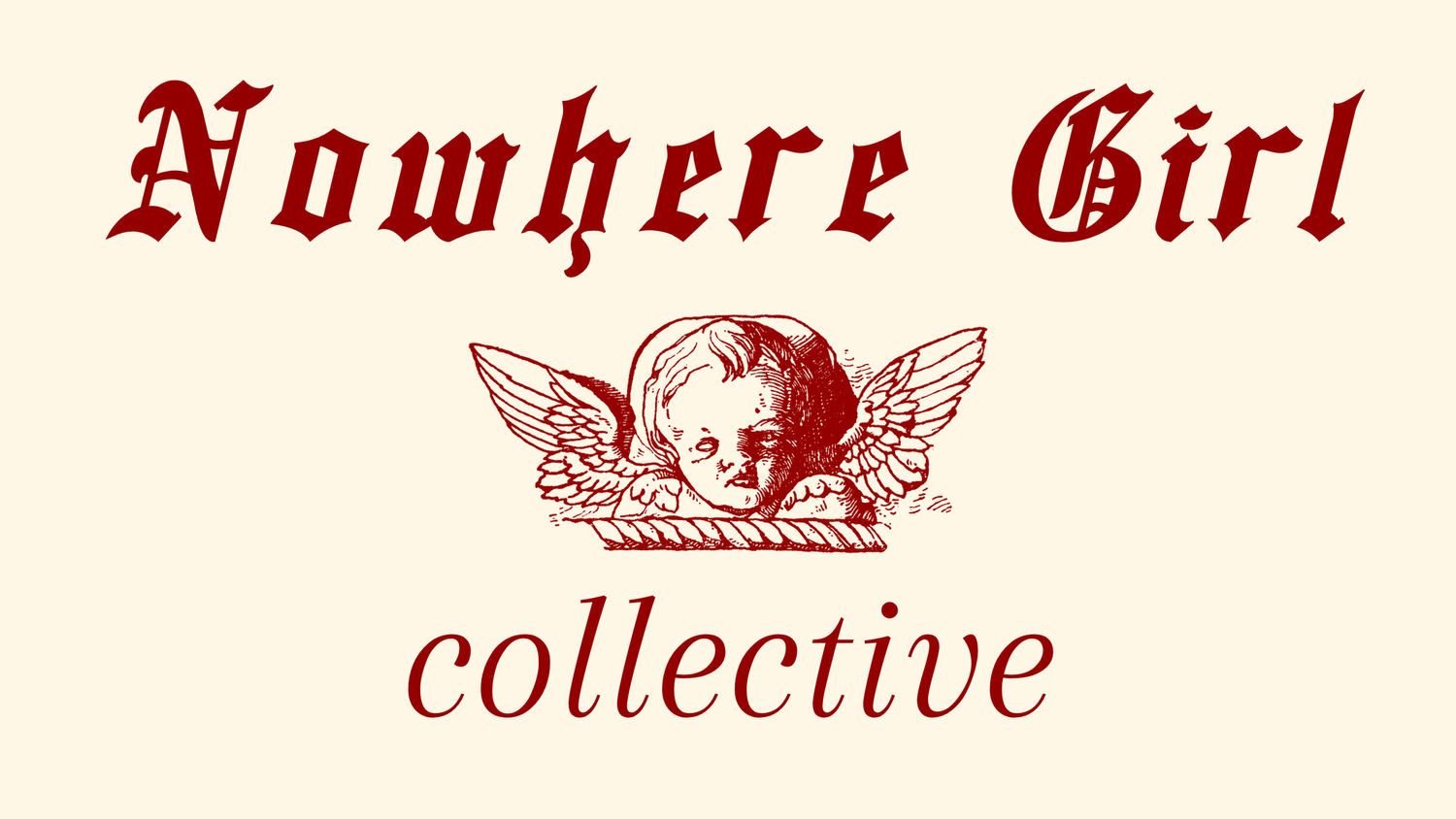ON ‘JUST KIDS’, OR THE ART OF DEVOTION
We open in a cheap motel, addicts shooting up around the corner, wallpaper curling into moldy ribbons, and bedbugs climbing up the mattress, over the arms of the pair in a solitary bed — Patti Smith and Robert Mapplethorpe.
The artist-muse relationship seems a glamorous affair, but Smith and Mapplethorpe, often penniless, had all the glamour of a bargain store sale bin. Which is to say, they were teetering the line between trashy and chic. Both were, to the other, entire artists and entire muses. They are the first thing listed under each other's 'Career' section on Wikipedia - a feat of codependency. Their shared sense of fate, some desperation, and mutual Catholic upbringings kept them interwoven through Smith's music and life, through Mapplethorpe's exploration of sexuality and his death. They are still inextricably stitched to one another, the threads hung with rosary beads and mummified animal paws.
His camera lens an aperture into Patti; her writing a palimpsest into Robert.
Is it wrong to long for that closeness? The immeshing of two souls, vowing themselves to each other in their lowest moments, making love to their sickest bodies. It is one thing to strip, to reveal pearlescence and purity, quite another to scars and starved limbs. Is it worth the dependence of such a relationship to be seen, clearly and completely, in artistry and life? It is a near religious act of devotion, a dedication to constant creation, to the destruction of the old selves.
Shamefully, I want such a partner to struggle with. Someone who will scrub the apartment clean, and then destroy it in one shaky exhale of artistic temperament and vulnerable exhibition. It sounds like a sixth sense, like acceptance, radical and raw. I cannot say it does not appeal to me as an attentive cure to the loneliness of creation, the likes of which God must have felt in the void before he started the work of commanding. Was he ever afraid of rejection,watching his clay reflections name his newest creations? Did he feel cheated when Adam and Eve left Eden, and refused to be perfect muses any longer?
An insular, isolationist collective of two artists is effortlessly romanticized. It is by nature romantic, devoted, private. Watching from the outside, it is easy to forget the constriction and friction inherent with being so close to another artist that you can understand them intimately. The muse's constant chant: see me, see me, see me, see me, met by the artists's response: here you are. Close the circle. That kind of artistic double-vision is alchemical, as if the more you look, the further you meld into one anther, until it is impossible to tell where one of you ends and the other begins - an ouroboros of creative energy consuming itself as it manifests; two mirrors met head-on, extrapolating ad infinitum.
Who receives the credit for creation? The source or the arranger? Are you the source of art or the arranger?
I suppose I cannot imagine the artist-muse relationships any other way. To be a muse is nearly to be an object, a space of projection, the end result entirely dependent on how clearly the capturer understands you and the quality of their tools. In a sense, the muse is just another tool. A good muse is inspirational, unique, a capturer of attention. A great muse transcends the confounds of object-hood, and becomes the idea, directs all attention to the representation, and comes completely untethered from the self. I have never been one to be captured or used, too ephemeral and sheltered within myself.
But the idea of letting an artist in - someone who is more than a lover, a champion of the work (and only occasionally, the muse), even an extension of the self - is dizzily disorienting. That is the tradeoff, in becoming an idea, in conjoining with the artist, you fuse/compound/ transmute into something bigger, but you are no longer yourself alone. Imagine for a moment, meeting such a partner as Patti or Robert at the tender age of twenty-one, how deeply they would impress into you. How completely that closeness would change the shape of you, fundamentally altering an individual identity into something shared and unrecognizable. It is communal and dissolutional all at once.
We remember Robert, though he is gone, because he lives in Patti, and we will remember them both because the idea of them, the amalgamation of their art, lives beyond them. He captured her most famous record covers, and she wrote poetry for his funeral. Their work is utterly human. Yet, here they are, in my mind, in yours, mutated and immortal.
A.C. Hastings, 23, in her own head - USA ✯ IG: @a.c.hastings
“A.C. is a full-time enigma and part-time writer interested in aesthetic dissection of the human condition, tentative linguistic sorcery, and attempts to keep plants from shuffling off this mortal coil. She is an obsessive poet and art curator with a particular love for black tea and black cats.”
